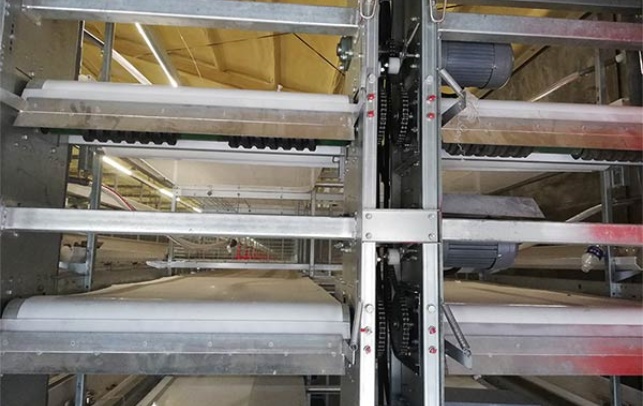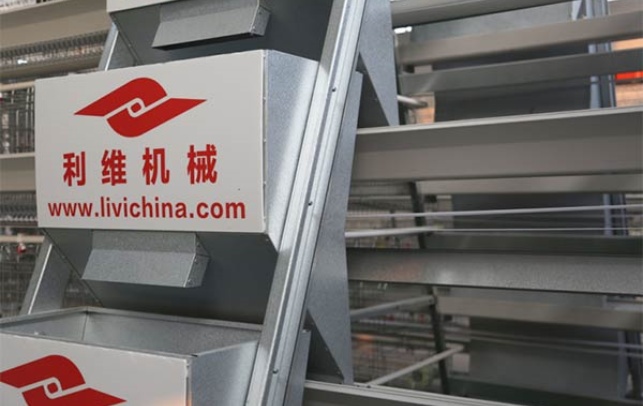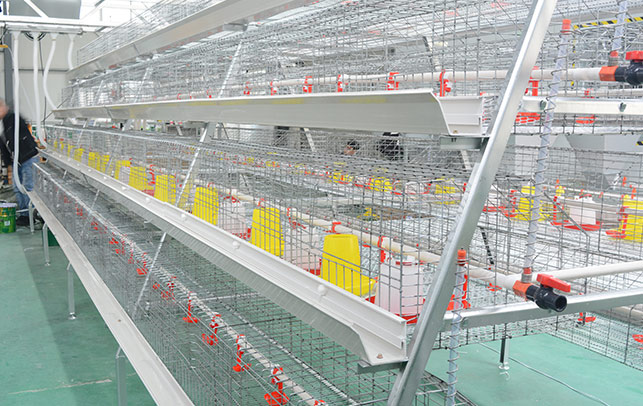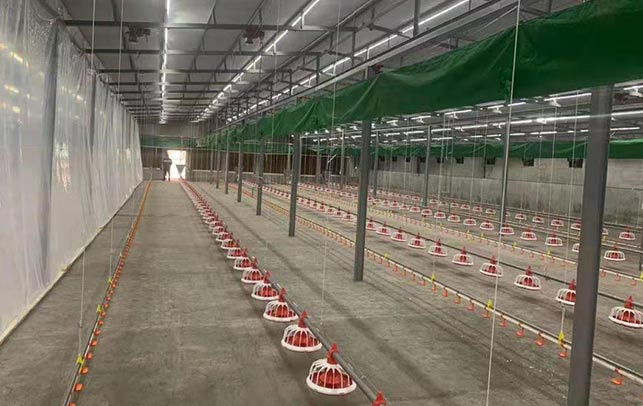Large Scale Poultry Farming in Kenya: A Comprehensive Guide
Time : 2025-05-12
Kenya, with its diverse and fertile landscapes, has become a hub for large-scale poultry farming. The poultry industry plays a crucial role in the country’s economy, providing employment opportunities and ensuring food security. In this article, we will delve into the various aspects of large-scale poultry farming in Kenya, including challenges, opportunities, and best practices.
Introduction to Large Scale Poultry Farming in Kenya
Large-scale poultry farming refers to the rearing of poultry birds, such as chickens, ducks, and turkeys, in a commercial setting. This form of farming is characterized by high-density housing and intensive management techniques. In Kenya, the poultry industry has seen significant growth over the past few years, driven by increasing demand for meat and eggs.
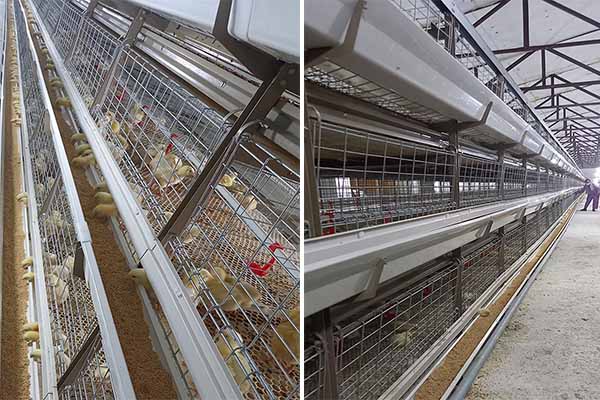
Challenges in Large Scale Poultry Farming
1. Disease Outbreaks
Disease outbreaks are a common challenge in large-scale poultry farming. Avian influenza, Newcastle disease, and salmonellosis are some of the most prevalent diseases that can lead to significant losses in the industry. Proper biosecurity measures and regular vaccinations are essential to mitigate the risk of disease outbreaks.
losses in the industry. Proper biosecurity measures and regular vaccinations are essential to mitigate the risk of disease outbreaks.
2. High Initial Investment
Setting up a large-scale poultry farm requires a substantial initial investment. This includes the cost of land, construction of sheds, purchasing of birds, feed, and other equipment. Many farmers find it challenging to raise the required capital, especially in the early stages of their farming venture.
3. Market Fluctuations
The poultry industry is susceptible to market fluctuations. Changes in consumer preferences, supply chain disruptions, and economic instability can affect the demand for poultry products. As a result, farmers must be adaptable and able to adjust their production accordingly.
Opportunities in Large Scale Poultry Farming
1. Growing Demand for Poultry Products
The demand for poultry products in Kenya has been increasing steadily. As the population grows and urbanization continues, more people are looking for affordable, high-quality protein sources. This presents a significant opportunity for large-scale poultry farmers to expand their production and meet the market demand.
2. Government Support
The Kenyan government has been supportive of the poultry industry, providing various incentives and support programs to promote growth. This includes subsidies for feed, vaccines, and infrastructure development. By leveraging these resources, farmers can enhance their operations and improve their profitability.
3. Technological Advancements
Technological advancements in poultry farming have made it more efficient and sustainable. Automated feeders, waterers, and climate control systems can help farmers reduce labor costs and improve the overall health and productivity of their birds.
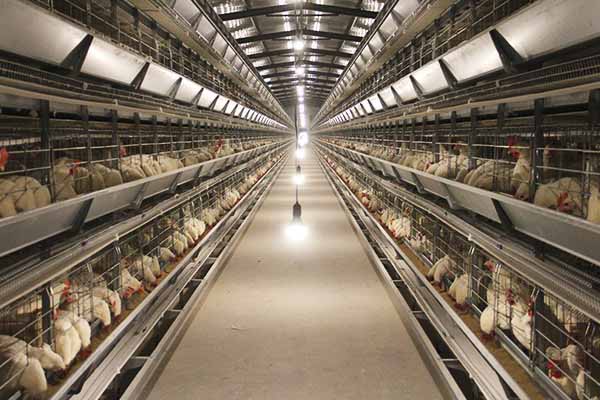
Best Practices in Large Scale Poultry Farming
1. Biosecurity Measures
Implementing strict biosecurity measures is crucial to prevent disease outbreaks. This includes regular cleaning and disinfection of sheds, controlling access to the farm, and isolating new birds before introducing them to the flock.
2. Proper Nutrition
<p-Proper nutrition is essential for the growth and productivity of poultry birds. Farmers should provide a balanced diet that meets the nutritional requirements of their birds, considering factors such as age, sex, and productivity level.
3. Regular Health Monitoring
<p-Regular health monitoring allows farmers to identify and address any issues in their flock early. This can help prevent disease outbreaks and minimize losses. Farmers should work closely with veterinarians to ensure their birds are in good health.
4. Marketing and Distribution
<p-Developing a strong marketing and distribution strategy is essential to ensure a steady revenue stream. Farmers can explore various channels, such as direct sales to retailers, participation in farm-to-table programs, and online sales.
Conclusion
Large-scale poultry farming in Kenya offers immense potential for growth and development. By addressing the challenges, capitalizing on the opportunities, and adopting best practices, farmers can build successful and sustainable poultry operations. As the industry continues to evolve, it is crucial for farmers to stay informed and adapt to the changing landscape.






